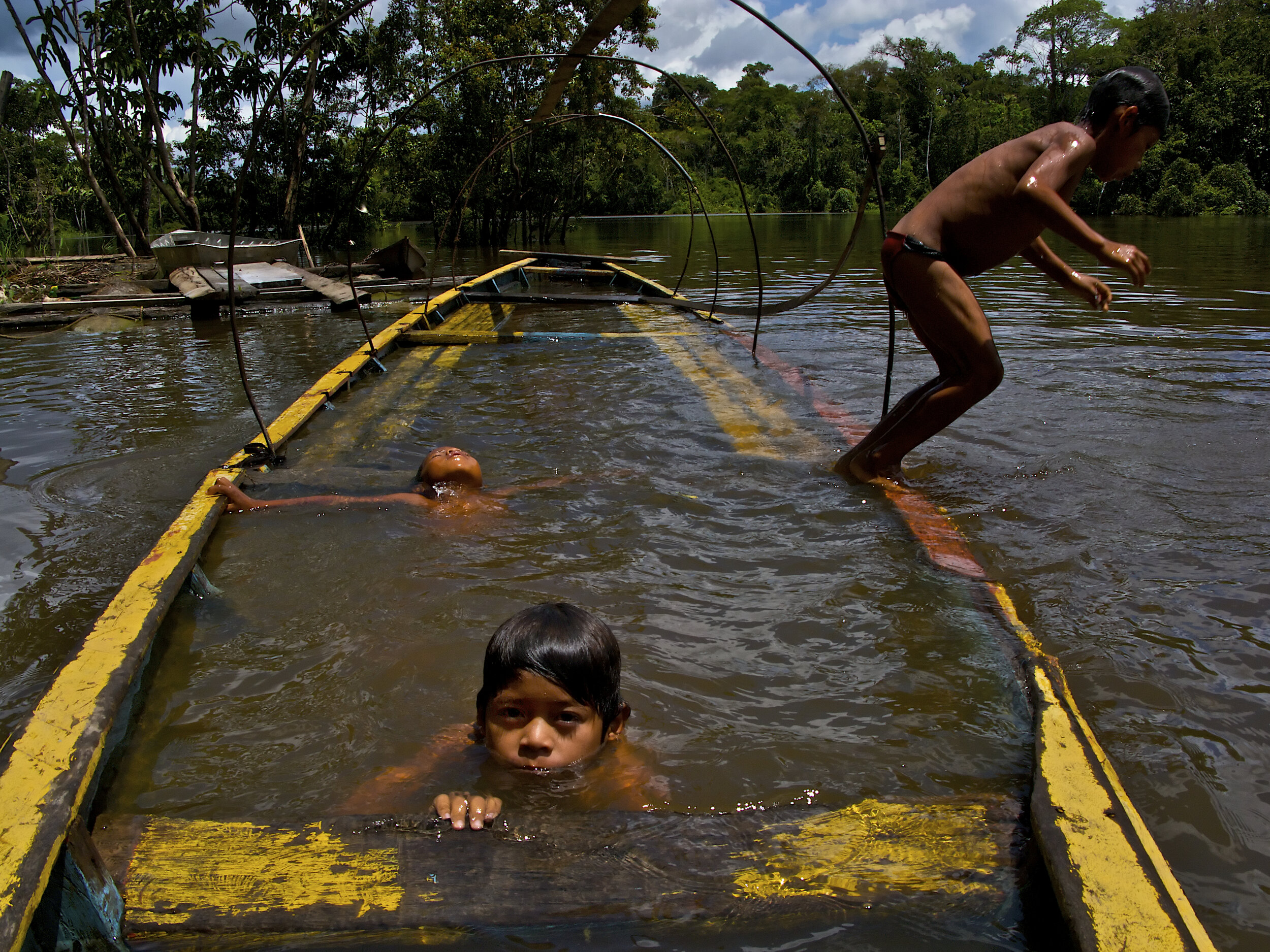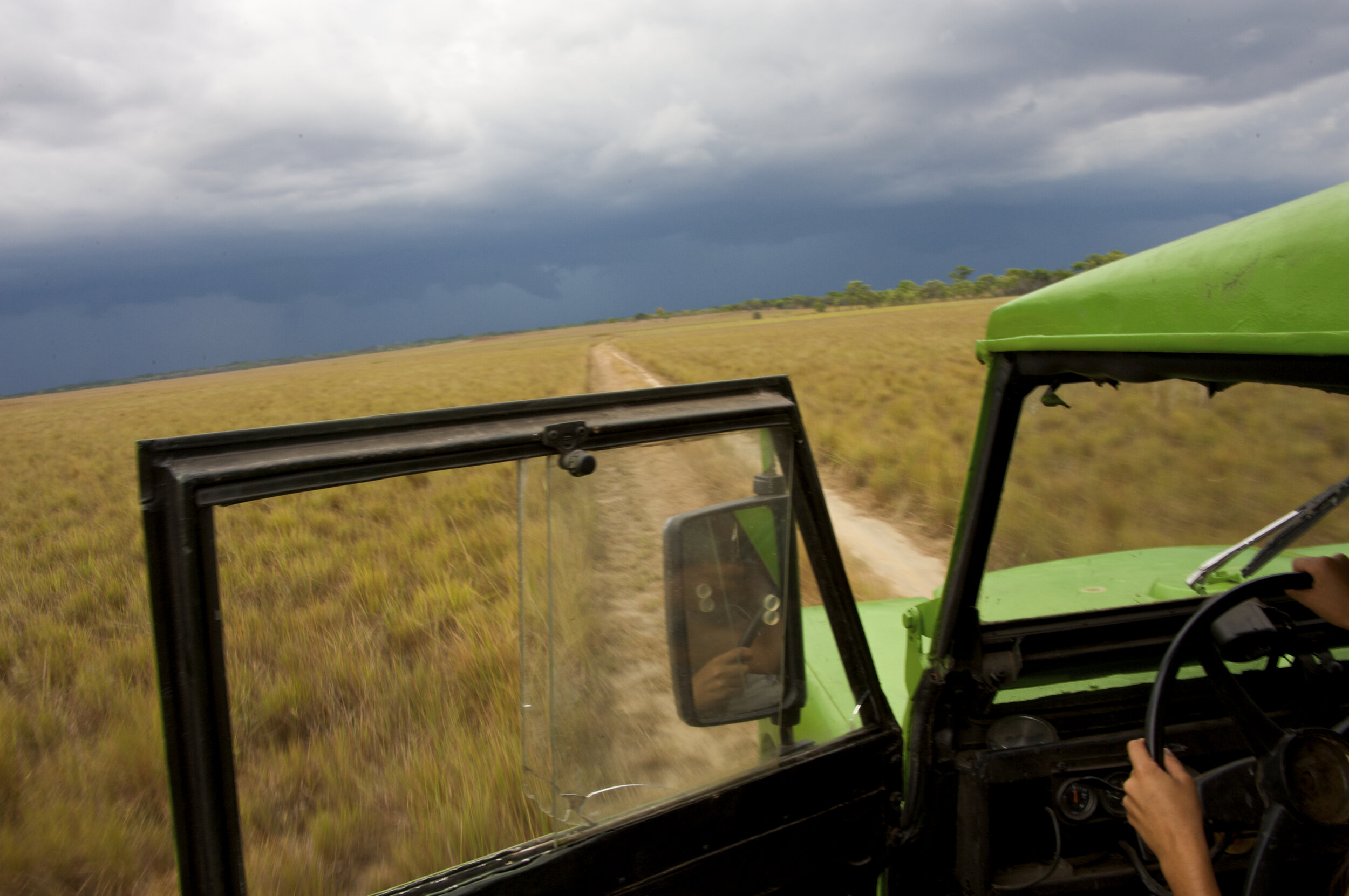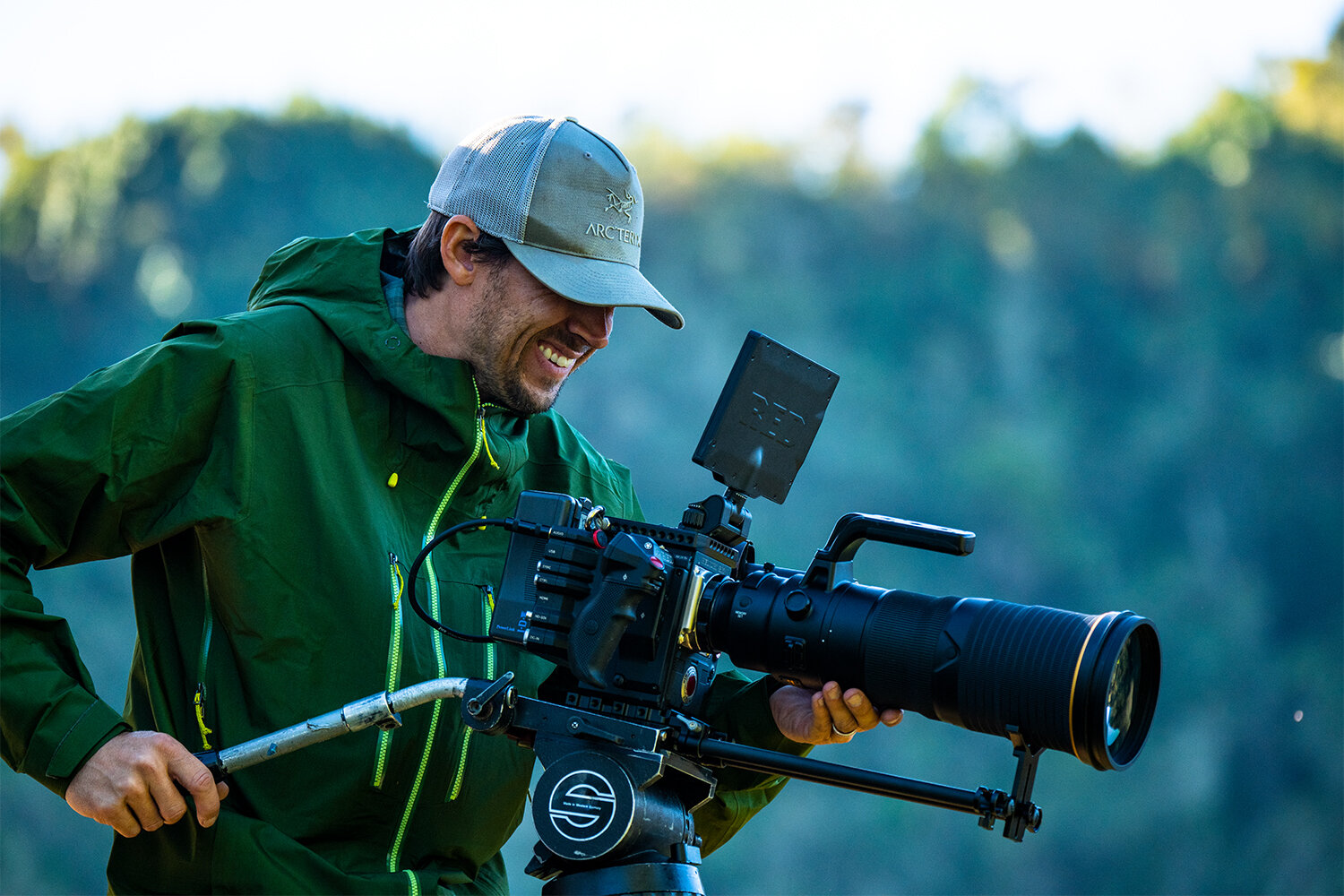A Destination Guide to Filming in Colombia: The Llanos Orientales
2009 - El Tuparro National Natural Park on the extreme edge of eastern Colombia during on of our first filming expeditions in the Llanos region.
The Llanos Orientales Are the Colombian Plains
The first stop on our journey through Colombia is the Llanos Orientales: the wild eastern plains of Colombia. Home to Colombian cowboys (also known as llaneros), jaguars, giant anteaters, and the most dramatic dawns you will ever see as the sun rises over the endless plains, the Llanos are one of Colombia’s most under-appreciated and stunning destinations for filmmakers.
The Llanos Orientales is the colloquial name for the Colombia natural region of Orinoquía. This region consists of areas that belong to the watershed of the Orinoco River, one of the longest rivers in South America, and covers the departments of Casanare, Meta, Arauca, and Vichada.
Although the Llanos is most famous for its savannahs, the region in fact encompasses a diverse set of biogeographical subregions, including Andean foothills, gallery forests, wetlands, and the isolated mountain range of the Serrania de La Macarena, home of Caño Cristales which is often called “the most beautiful river in the world” due to the Macarena clavigera algae which turns it a startling shade of red between June and November.
Read All of Our Colombian Destination Guides
Our Destination Guides to filming in Colombia will open your eyes to the most beautiful and unique destinations in this country, as well as offering tips and pointers to producing your next project.
Introduction – A Destination Guide to Filming in Colombia
Chapter 1 – Los Llanos (Colombia’s Grasslands) Filming Guide
Chapter 2 – The Amazon Filming Guide
Chapter 3 – The Pacific Coast Filming Guide
Chapter 4 – The Coffee Triangle
Chapter 5 – Bogotá
Chapter 6 – Islands of Colombia
Getting There
The departments that make up the Llanos are all served by airports with regular flights to and from Bogotá. The four regional capitals of Villavicencio, Yopal, Arauca, and Puerto Carreño all have regular flights, and the first three are also accessible by road (Puerto Carreño also technically is, but much of the road is unpaved and can be impassable in the wet season).
Deeper travel into the Llanos can be a bit trickier, but the relatively flat terrain means that most natural reserves and interesting sights can be reached by road. In the dry season many of the more far-flung reserves are more easily accessible, while during the rainy season flooding can make travel to some regions a bit harder (see ‘Climate’ below for more information on how the seasons affect transport).
WhereNext has extensive contacts in the region as a result of six years of video productions in the Llanos and can facilitate transport, from bush flights with military authorization, to custom-designed 4x4 safari jeeps, to horseback and riverboats. Learn about the production services we provided for Men’s Journal Magazine in the Llanos here.
Capybaras - known in the Llanos as ‘Chiguiros’ - cooling off in a watering hole at El Encanto de Guanapalo Natural Reserve
Read our : 10 Animals That You Can Only Film in Colombia
Climate
The climate of the Llanos is characterized by two markedly different seasons: the dry season and the rainy season (although areas of Andean foothills are exceptions to this).
The wet season typically runs from May until October, and during this period parts of the Llanos can experience water level rises of over a meter, temporarily flooding vast portions of the plains. The dry season begins in November and ends in April (although the beginning and end may vary year-by-year), and the driest months tend to be February and March. In this period, wetland areas recede and the plains dry out almost completely.
Climate plays a huge factor in filming in the Llanos, perhaps more than in any other region of Colombia. During the wet season, flooding can restrict road access to certain areas, making light aircraft, boat or horseback the most viable travel options. Although travel is less convenient, the reward is spectacular landscapes of flooded plains and swamps which, on clear days, can perfectly mirror the sky above. During the dry season transport is much easier and cheaper (although many rivers dry up, making some boat trips impossible), and wildlife can be easier to spot as large mammals and flocks of birds flock to small watering holes.
Key Locations
The Llanos is a truly vast region, but there are several key sites which are especially worth visiting. The natural reserves of Casanare department offer unmatched opportunities for wildlife watching: Hato La Aurora, El Encanto de Guanapalo, Altagracia Reserves, and Hato Berlin are especially recommended.
The Serrania de La Macarena National Park is one of Colombia’s most biodiverse protected regions, and is home to the surreal Cano Cristales, commonly known as the world’s most beautiful river. La Macarena encompasses an ecologically unique meeting point of the Andes, Amazon, and Orinoquia regions, and the park is home to over 500 species of birds, 8 types of monkeys, and other mammals including jaguars, pumas, and anteaters.
Other notable destinations in the Llanos include cities like Yopal and Villavicencio, which are known for their cowboy culture and music festivals; the ‘Lost World’ of El Tuparro National Park on the border with Venezuela; and Lagos de Menegua Natural Reserve in the region of Meta.
Wildlife
One of the principal reasons for visiting the Llanos is for its unparalleled wildlife-watching experiences. A Colombian safari in the Llanos can regularly produce sightings of giant anteaters, anacondas, tamanduas, capybara, caiman, howler monkeys, deer, and even pumas and jaguars. The region is home to hundreds of species of birds, including huge concentrations of waterbirds and charismatic species like toucans, parrots, and macaws. Many of the region’s large rivers are home to pink river dolphins.
For our project The Birders – a feature-length natural history documentary made for Sancho BBDO and ProColombia - WhereNext filmed at Hato La Aurora. We have more than eight years of experience shooting in the Llanos, including projects at El Encanto de Guanapalo, and the Altagracia Natural Reserve.
Culture
The culture of the Llanos is different to any other region of Colombia and many regions still maintain a traditional cowboy lifestyle. Large groups of cowboys move on horseback across the plains, herding vast numbers of cattle, and the entire Llanos culture is an expression of the environment in which the people live and work. Most llaneros still walk around barefoot.
Joropo music is another important cultural expression of the Llanos. Typically played on a small cuatro guitar, a harp, and maracas, Joropo is an essential element of Llanos culture and most songs reference horses, cattle, wildlife, and the landscapes of the plains.
Filming in the Llanos isn’t just about capturing wildlife and stunning scenery; it’s also about showing off this singular culture. WhereNext has filmed many segments in the Llanos focused on such activities as horseback riding, lassoing and milking cattle, and traditional joropo dancing and is well-versed in the most typical cultural activities in the region.
If you’re interested in working in one of Colombia’s most exciting off-the-beaten-track destinations, and capturing breathtaking images of wildlife, landscapes and culture, then contact us about filming in the Llanos Orientales. This region is a new frontier for filmmaking in South America – think of Brazil’s Pantanal wetlands before anyone had ever heard of them.
















Check out our Colombia Production Company’s Guide to Colombia's spectacular National Parks. If you are considering filming a natural history production, here is what you need to know about Colombia’s spectacular wild destinations.